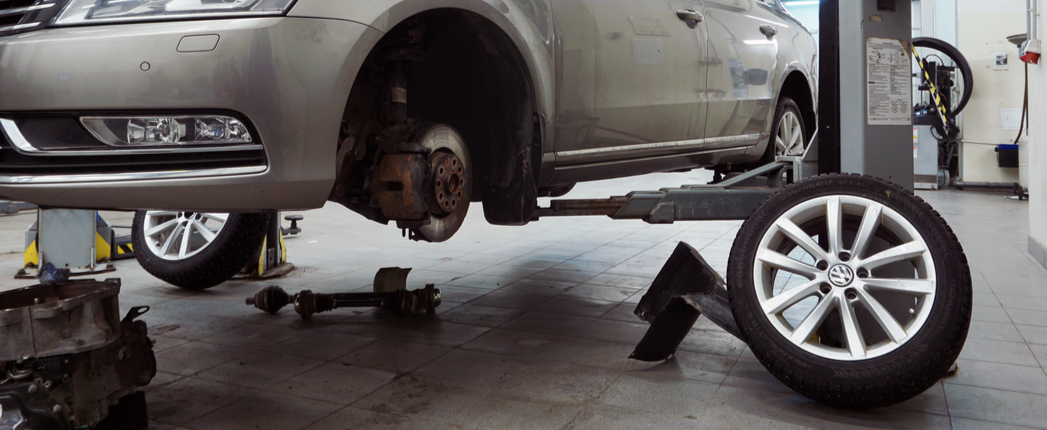
Lubricating grease production in Europe fell 7% in 2020, according to the latest survey by the United States-based National Lubricating Grease Institute. The relative use of various types of thickeners was little changed from 2019 as the portion of products thickened by conventional or complex lithium soaps dipped from 70% to 69%.
The 48 European grease producers participating in the survey – the same number as in the previous year’s survey – reported making 467.1 million pounds of lubricating grease in 2020, accounting for 19% of the reported worldwide total of 2.5 billion pounds. The 14 grease producers participating in the Middle East and Africa reported making 118.7 million pounds, or 5% of the global total.
The NLGI always emphasizes that grand totals should not be used to measure year-to-year shifts because participants vary from one year to the next. The association shows totals of figures reported by all companies that have participated for three years running and advises that those numbers work better for year-to-year comparisons.
Worldwide the survey had enough participants to allow a year-to-year comparison, which showed that production fell 9% to 2.5 billion pounds. “Clearly, the COVID-19 pandemic had a significant impact on worldwide grease production,” Chuck Coe wrote in the cover letter to the survey report. Coe is president of Grease Technology Solutions, the independent research and consulting firm that conducts the survey on behalf of NLGI. “Additionally, possibly due to the pandemic, a number of companies did not provide data for 2020.”
Globally, 17 companies with 18 plants that participated in the survey between 2017 and 2019 did not participate in the 2020 survey. “These non-participants were largely from North America, Europe and India,” Coe said in his introductory letter. “The 2020 production of these non-participants is estimated to be about 129 million pounds.”
The number of participating companies reporting sales in European countries remained the same last year, allowing comparisons of overall volume trends with 2019. Based on that comparative data, grease production in Europe declined in 2020.
According to comparative data for Europe, grease made with conventional lithium soap remained dominant, with 53% of the market in 2020, down from 54% in 2019. Complex lithium soap accounted for 16% of the market for the second successive year. Calcium soap comprised 16% of Europe’s production last year, up from 15%. Aluminum soap made up 5% of Europe’s production, unchanged from 2019. Polyurea grease remained at 5% of production.
Conventional lithium again led in the Middle East and Africa, with 70% of reported grease production last year. The complex variant accounted for 16%. Calcium soap made up 7%, and aluminum soap 2% of production. In the Middle East and Africa – which don’t produce polyurea greases – the share of production of greases using organophillic clay thickeners remained at 2%.
The survey also compiled grease production data by base oil type. In Europe, among the 377.1 million pounds for which base fluid was reported, 82% used conventional, 10% used synthetic, 3% used semi-synthetic and 4% used biobased fluids.
In the Middle East and Africa, 98% of the 118.7 million-pound grease production total used conventional base fluid, and the remainder used synthetic or semi-synthetic base fluid.
The full 30-page report of 2020 grease production includes prior year data going back to 2017 and is available to download at the NLGI website. NLGI member companies can obtain a free copy, and nonmembers may purchase the report, which contains data categorized by geographic region, thickener type, base oil type and year.